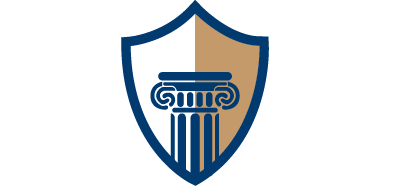Car Accident Lawyer
Voir Dire refers to the process of choosing jurors. Every litigant (party of interest in an action) is entitled to a trial by jury. Those litigants also have the right to a jury selected at random from a fair cross-section of the community.
In most state and county trials, a jury is made up of twelve (12) individuals. Those twelve individuals are selected from a random selection of 30-40 total individuals on a list from the registered voters in the district where the case is being adjudicated. Note that the jury itself does not need to reflect a fair cross-section of the community. This just means that individual jurors can’t not be selected based on their race, color, religion, sex, national origin, economic status, etc. Notably, there are service exemptions from jury duty for armed services personnel, fire and police, and public officials.
The actual process of selecting jurors is done by the attorneys and clients of interest in the case. In selecting the 12 individuals, the goal is to select and identify unbiased jurors who can fairly hear and decide the case and begin to educate the jurors on the case. The general rule that parties follow is that when a juror has the potential to render an unfair or partial jury service, then they would likely disrupt the proceedings and would not be selected as jurors.
Often times, lawyers on one side will favor a juror more than the other side does. This could be for any number of reasons – maybe the potential juror has a similar background, personal life, experience, opinions, beliefs, values, etc. For example, a juror may have the same type of employment or family situation as the defendant and may sympathize with the defendant. The defense would obviously love this juror because he or she would be more likely to render a favorable verdict for the defendant. Although the defense would love this juror, the state would not – it would make the prosecution’s job much harder to convict the defendant.
Nonetheless, the prosecution is not left without any options. Each side has a certain number of challenges available. Specifically, each side has an unlimited amount of “for cause” challenges. This challenge allows one side to challenge the selection of the juror because that juror may have bias and would be unfit to render an impartial verdict. Expanding on the juror example from above, the prosecution would likely use a for cause challenge on the juror with a similar background arguing that he or she is biased toward the defendant and would not be able to render an impartial verdict.
Additionally, each side has three “peremptory” challenges. These challenges don’t require a reason for excluding the juror. The only limit to this type of challenge is that the use of the challenge cannot be for discriminatory purposes such as race, age, religion, etc.
Interestingly, jurors sometimes lie during voir dire. However, this is not an easy thing to ascertain. If the lawyers or parties somehow do find out that the potential juror did lie, then the lawyer who was prejudiced by the untruthful juror can move for a new trial by filing a motion. In the motion, the affected party must show that the (1) juror failed to answer honestly to a material question in voir dire and (2) that a correct response would have provided a valid basis for a for cause challenge.
Remember that every party is entitled to a fair trial and having a biased juror(s) violates the defendants right to a fair and impartial trial by jury. If you are facing a legal battle, contact a lawyer near you for a consultation to get started on your case immediately.
Thanks to a car accident lawyer from our friends at Eglet Adams for their insight on Voir Dire.

